How to find Home Leaks: Where They Come From
We all know that water is a precious resource, and it can be difficult to imagine how we might take care of our homes without the use of this valuable natural resource. Home leaks are common and can lead to high levels of water wastage because they often go unnoticed or unaddressed for long periods of time. In this article I will discuss where home leaks come from, as well as some simple ways to detect them in your own home.
Meter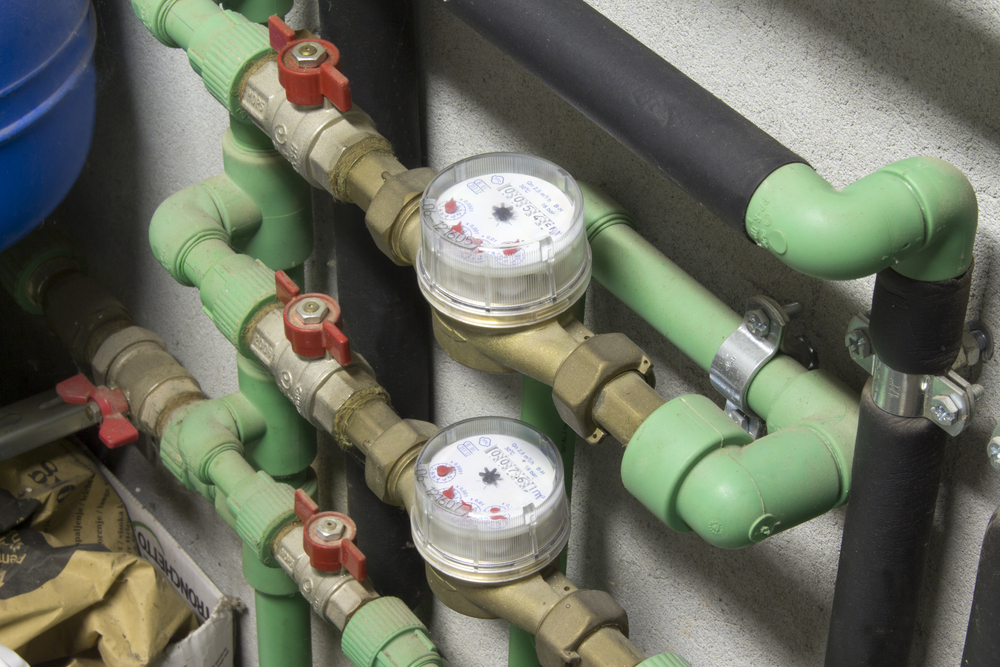
Water meters can often detect large leaks or even a combination of smaller leaks. You can conduct a simple leak check using your water meter by following these steps:
- Turn off all water inside and outside the home. This test must be performed when no automatic equipment is used such as clothes washers, dishwashers, sinks, etc.
- The status of the water meter is recorded. Wait 15 minutes and ensure no one uses water during this interval.
- Record the status of your water meter again. If it appears that water was used during the test, then it is possible you have a leak in your home. Verify small appliances like water filters or whole house humidifiers did not cause a false positive.
The meter test can only verify large leaks. It cannot confirm that small, undetectable leaks do not exist within your home. Even if the tests catch a leak, it won’t tell you where they are coming from – further investigation is needed to locate them all!
Water Supply Leak Lines
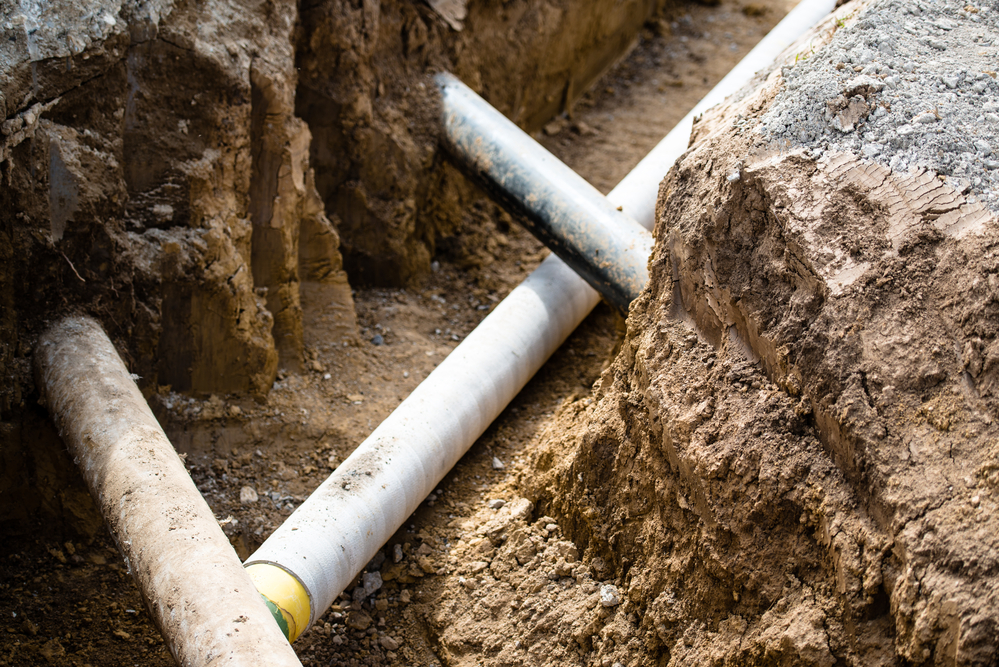 The water supply line is usually buried at least 3 feet below ground and undetectable to the human eye. However, leaks in this pipe will sometimes travel back into a home’s pipes where they are difficult to spot because of their small size.
The water supply line is usually buried at least 3 feet below ground and undetectable to the human eye. However, leaks in this pipe will sometimes travel back into a home’s pipes where they are difficult to spot because of their small size.
If you notice your water meter box is full of unearned water, and that the cause isn’t a rainfall or irrigation run-off, chances are it’s leaking from somewhere in the supply line. One common exit point for these leaks could be where the pipe rises above ground level and enters your dwelling place. If there seems to always be damp soil at these locations, this might mean a leak has been sprung.
In the event of a severe leak, water will seep up towards the surface and usually directly above where it is leaking underground. Most often, leaks between your meter and house are assumed to be on you while those from outside sources like meters or pipes leading in through them belong to the nearby water utility.
It’s crucial that you call the water utility before any attempt to repair a leaky pipe. If they deem it your responsibility, go ahead and hire a professional plumber! You’ll avoid costly mistakes this way.
Faucet, Tub, and Shower Leaks
A leaking faucet can be a nuisance and expensive. The slow drip of a leaky faucet can be enough to waste 1,000 gallons per year if left unchecked.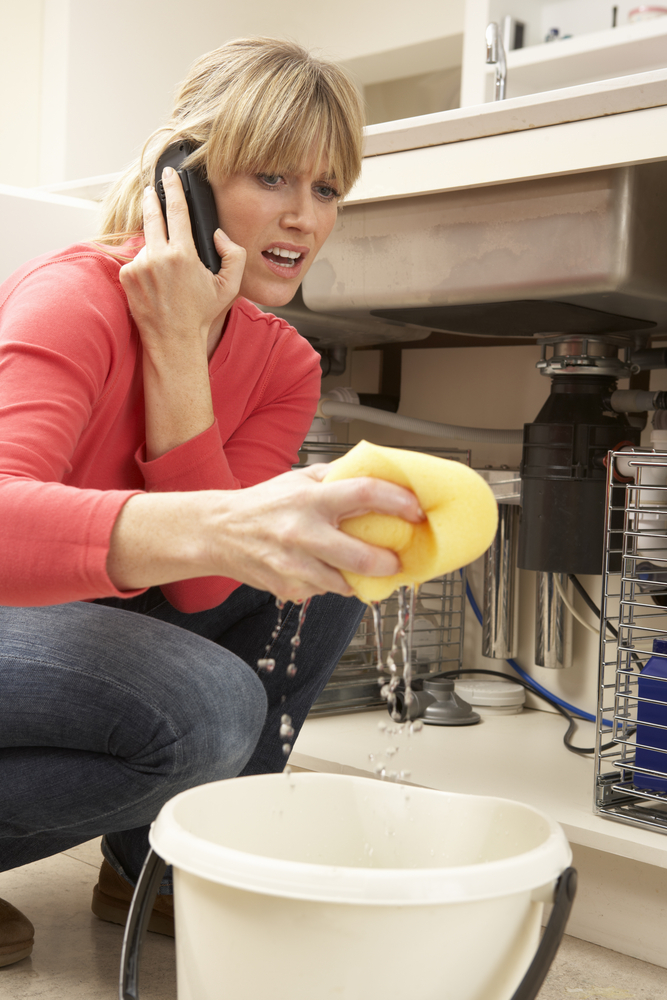
To repair a leaky faucet, you should first determine what type of faucet it is. There are four common types: the compression valve, ball-type valves, cartridge-style or ceramic discs found in most homes. These all require different repairs depending on their individual styles and complexity. It’s best to learn how to use tools like wrenches before tackling these minor home fixes yourself.
Toilet Leaks
Toilets are one of the most common sources of leaks in your home and usually go unnoticed because they are often quiet and hidden. Less than 6% of all residential toilets leak to some degree but large toilet leaks can be detected when the valve constantly emits a hissing or gurgling sound while not being used.
Whole House Humidifier Leaks
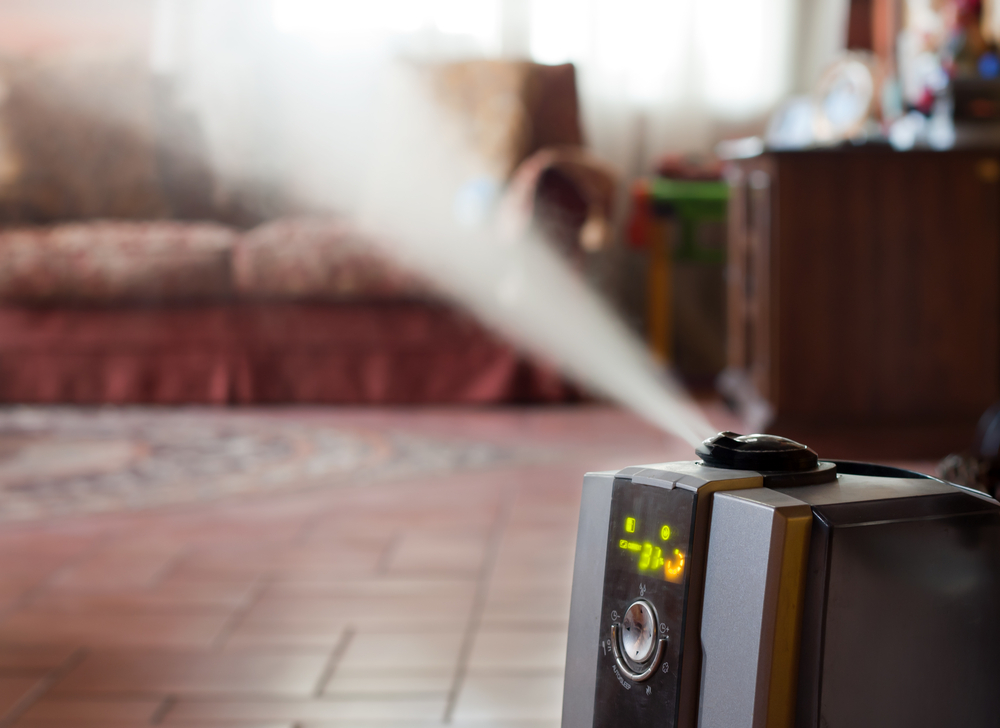
A whole-house humidifier is a device for moistening the air that circulates in your home. They are most often found in homes with forced-air central heating systems because these types of furnaces expel hot, dry air into space and this can cause problems like static electricity or skin itchiness. Whole-house humidifiers mitigate those issues by adding moisture to any room they’re installed in.
A water supply is directly plumbed to the humidifier in order to provide a constant water supply for the humidifier. In case the humidifier refill valve fails to close, the humidifier has an overflow drain to the sewer that enable water leaks to occur months or even years before anyone notices. Therefore, it is important to regularly check the operation of your humidifier during cold weather and to shut down its water supply when turned off.
Evaporative Cooler Leaks
Evaporative coolers typically cool homes in arid climates and it uses water evaporation to cool warm air inside the home. They are frequently connected to the home water supply reservoir. The reservoir refill valve can fail to close which causes a consistent stream of water to leak out of the reservoir’s overflow line. These leaks can persist for months or years before finally being identified.
The cooler can be easily checked for leaks by turning off the equipment and observing any water draining through the overflow line. If you find a leak, it’s usually an easy fix – simply replace your refill valve or recirculation pump.
Pool and Fountain Leaks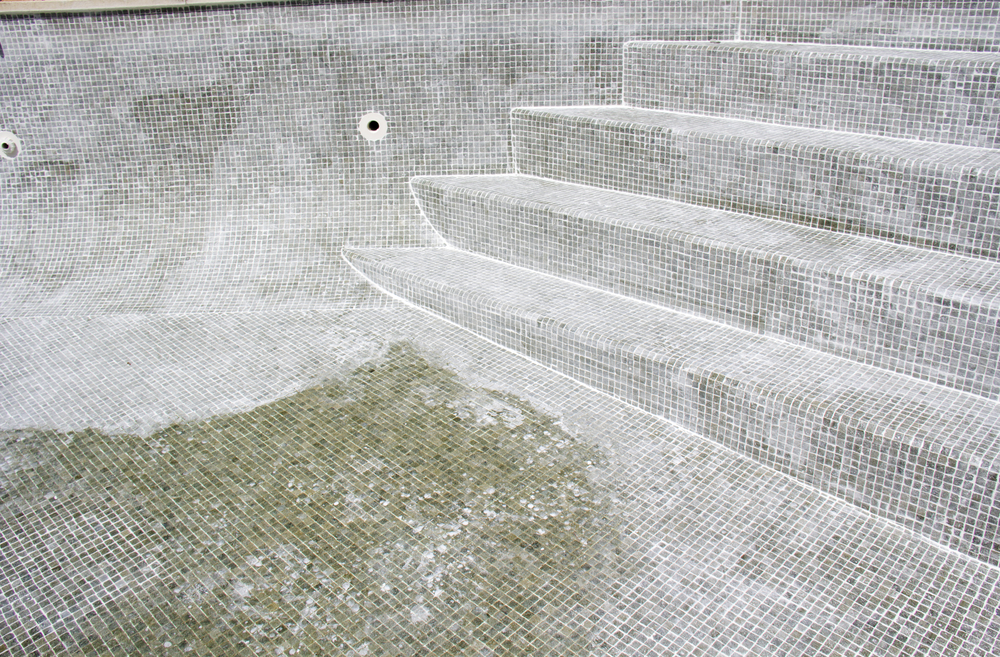
A pool leak can be difficult to identify because the water is visible, but it’s not always easy to determine where a pool leak might originate. A fountain will also display signs of leaks, such as bubbling and spitting when operating. The potential sources for these leaks could include fittings or piping disconnects that are bent or loose which may need tightening.
The filter may also need cleaning if the pressure is too high, which can create leaks through fittings and connections in the plumbing system. If you are unsure of a leak’s location, it’s best to call your pool professional or plumber for assistance.
